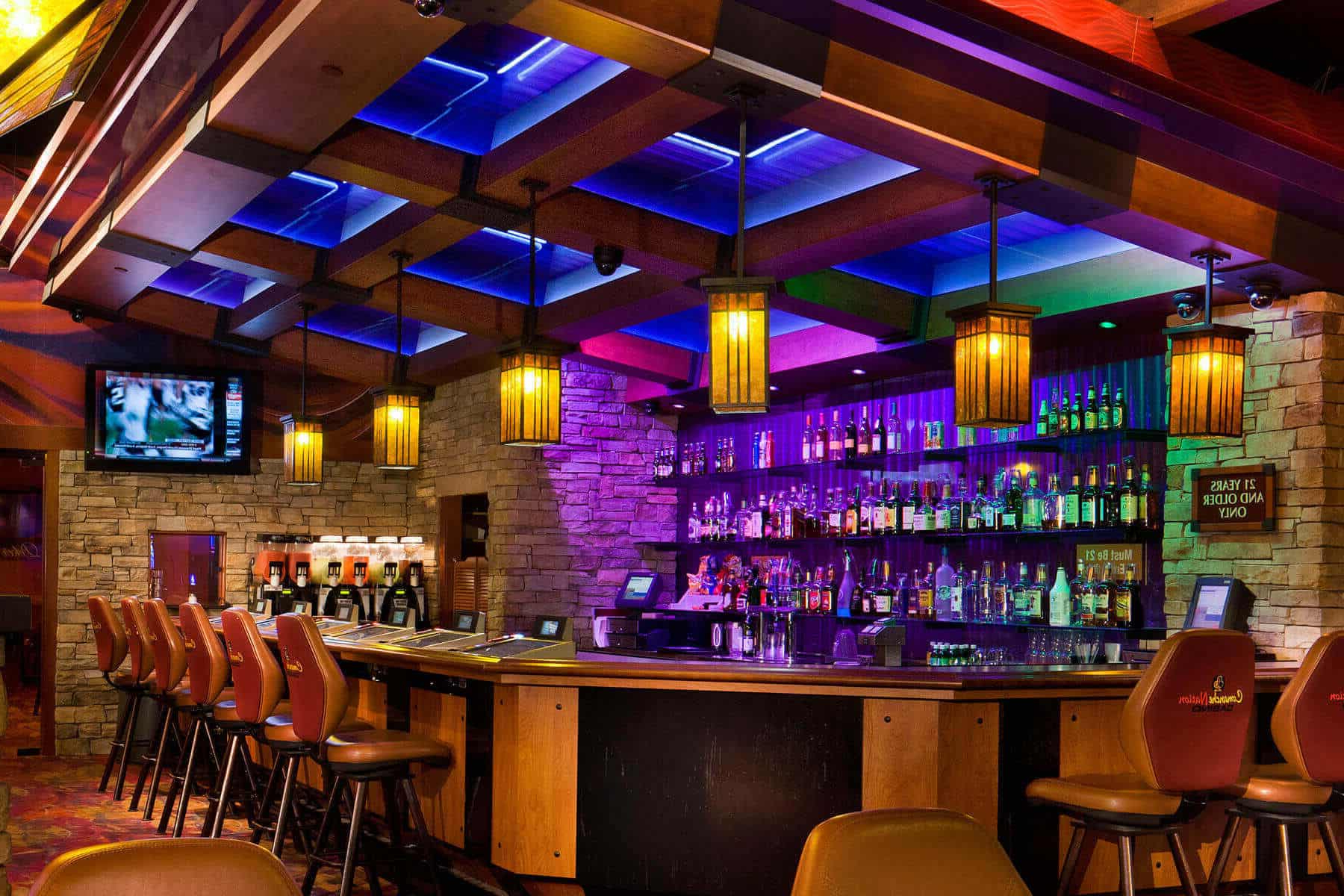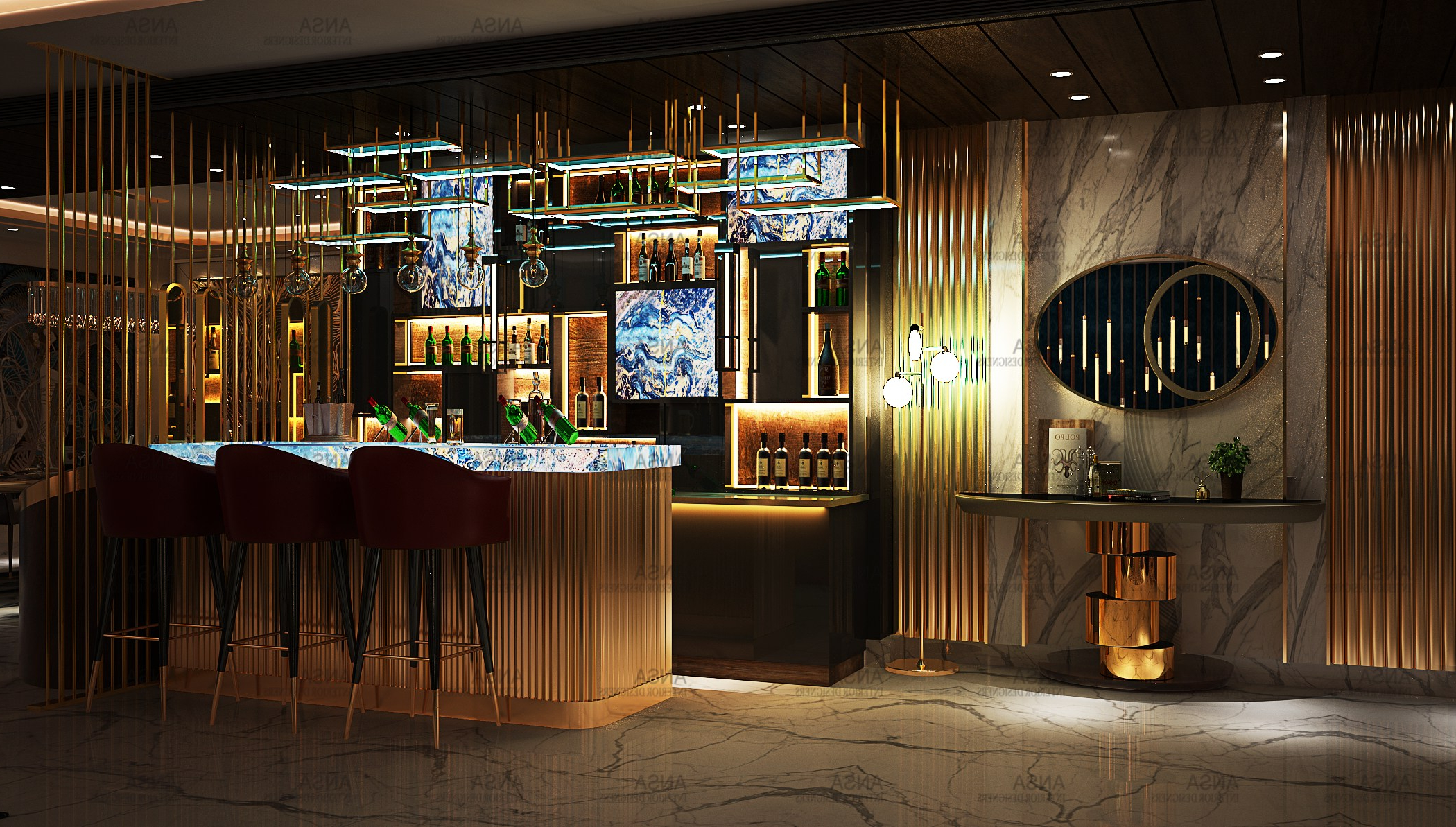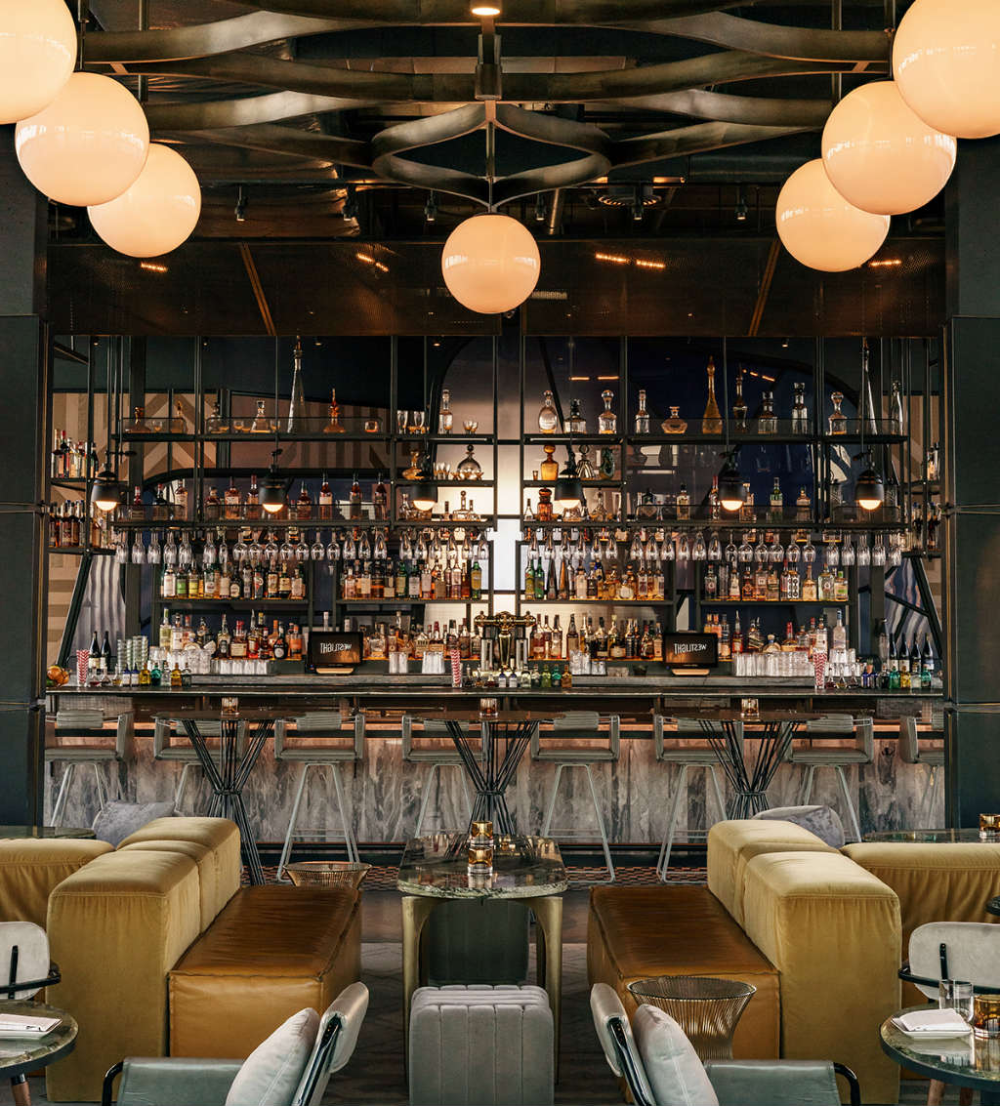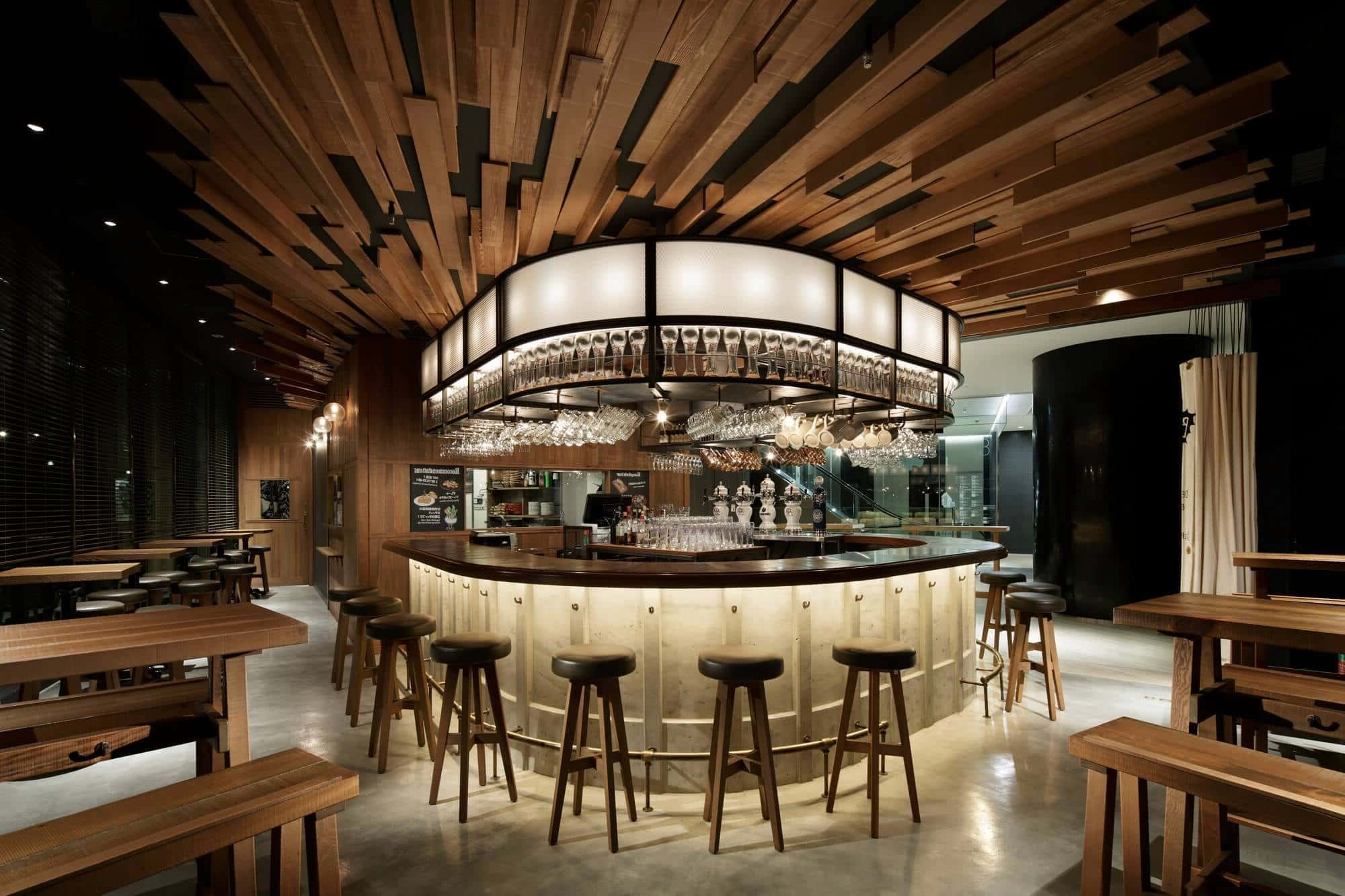Think about the last time you stepped into a bar. Was it a place you rushed through, or did it feel like entering a different world? Today’s bars aren’t just places to grab a drink – they’re experiences designed to engage every sense. From lighting that changes with the music to spaces that encourage conversation, modern bar design has evolved far beyond simple functionality. The way a bar looks, feels, and operates directly impacts how customers feel, what they order, and whether they’ll come back. What if I told you that the next time you visit a bar, you might find yourself staying longer, ordering differently, and connecting with others in ways you never expected?
The bar industry has undergone a dramatic transformation over the past decade. Gone are the days when a bar was simply a place to get drinks and maybe watch sports. Today’s successful bars are carefully crafted environments that prioritize customer experience above all else. This shift reflects a broader change in how we think about hospitality – it’s no longer enough to serve good drinks, you must create an atmosphere that makes people want to linger. Whether you’re a bartender, owner, or simply someone who enjoys a good drink, understanding these modern design trends can help you appreciate why some bars feel magical while others just feel… well, ordinary. It’s not just about aesthetics either – these design choices have real impact on how people behave, what they buy, and even how they perceive the entire experience.
Creating Intimate Conversations Through Spatial Design
One of the most significant shifts in modern bar design is the focus on fostering genuine connection between guests. Traditional long bar setups are giving way to more intimate seating arrangements that naturally encourage conversation. Think about how many times you’ve been to a bar where everyone is facing away from each other, staring at their phones instead of talking. That’s exactly what designers are trying to avoid now.
The key is creating zones within the space. Some areas might feature cozy booths with soft lighting, perfect for couples or small groups wanting privacy. Others might offer communal tables that naturally draw people together. The arrangement of furniture sends subtle messages about how people should interact. When you see a bar with low seating and round tables scattered throughout, it tells guests they’re welcome to sit and stay.
This approach isn’t just about comfort – it’s about psychology. Research shows that when people are physically closer together, they’re more likely to engage in conversation. Bars that incorporate elements like built-in seating that faces the bar, or curved counters that bring people together rather than push them apart, are seeing higher customer satisfaction scores. It’s the difference between a transactional experience and a social one.
Lighting That Tells a Story
Lighting has become one of the most powerful tools in modern bar design. It’s no longer just about making everything visible – it’s about creating mood, telling stories, and guiding people through their experience. The right lighting can transform a bar from a simple drinking establishment into a destination.
Consider how different lighting affects your feelings. Bright, harsh lights make you feel alert and perhaps even slightly uncomfortable. Soft, warm lighting creates a sense of safety and relaxation. Many modern bars use layered lighting systems that can be adjusted throughout the day and evening. They might start with bright, clean lighting during lunch hours to attract business professionals, then gradually dim to create a more intimate atmosphere for dinner guests.
Some bars go even further, using LED strips that change color based on the music playing or the time of night. Imagine walking into a bar where the ambient lighting pulses gently with the beat of the bass line – it’s not just visual, it’s almost tactile. This kind of synchronization helps people feel more connected to the environment around them, making the whole experience more memorable.
The strategic placement of accent lighting is equally important. Highlighting architectural features, displaying artwork, or creating shadows that add depth to the space can make even a small bar feel larger and more interesting. It’s the difference between a boxy room and a space that seems to breathe with personality.
Technology Integration Without Losing the Human Touch
Technology has found its way into bar design in ways that enhance rather than replace human interaction. This balance is crucial because customers still want to feel connected to real people, even when technology is involved.
Ordering systems have evolved dramatically. Some bars now feature tablets placed on each table, allowing customers to browse menus, customize their drinks, and place orders without ever speaking to a bartender. This can reduce wait times and give people more control over their experience. But the best implementations still maintain that personal touch – perhaps offering a quick chat with the bartender before finalizing the order, or providing recommendations based on previous orders.
Digital displays aren’t just for showing prices anymore. Many bars use screens to display information about ingredients, brewing processes, or even behind-the-scenes videos of their cocktail creation. This educational element adds value to the experience and helps customers appreciate the craftsmanship behind each drink.
Some establishments incorporate interactive elements like apps that let guests vote on the next song or suggest new cocktails. These aren’t meant to replace human interaction, but rather to provide additional ways for people to engage with both the bar and each other. The key is keeping the technology subtle and supportive rather than dominating the space.
Sustainable Design Elements That Appeal to Modern Customers
Today’s consumers care deeply about environmental responsibility, and that extends to the places they spend their money. Bars that incorporate sustainable design elements are finding themselves more attractive to a growing number of patrons.
Reclaimed wood is everywhere in modern bar design – from bar tops to accent walls. But it’s not just about looking rustic. Reclaimed materials often tell a story, adding character that mass-produced alternatives simply cannot match. A bar top made from old barn wood carries decades of history, and customers can sense that authenticity.
Water conservation systems, energy-efficient LED lighting, and smart HVAC controls are becoming standard features in new bar construction. But the most impactful sustainable elements are often the simplest. Using locally-sourced ingredients means supporting nearby businesses while reducing carbon footprints. Many bars now prominently feature local breweries, distilleries, and farms on their menus and signage.
The beauty of sustainable design is that it often enhances the overall aesthetic. Natural materials tend to age gracefully, developing character over time. A reclaimed wood bar doesn’t look worn – it looks lived-in and authentic. This warmth appeals to customers who want their dining and drinking experiences to feel genuine rather than manufactured.
Flexible Spaces That Adapt to Different Needs
Modern bars understand that people have different needs at different times. A space that works perfectly for a casual Friday evening might not work well for a corporate event or a quiet birthday celebration. That’s why flexible design elements are becoming increasingly popular.
Moveable partitions allow bars to quickly reconfigure their space. During busy lunch hours, the entire area might be open for quick service. But when evening arrives, those same partitions can create private dining areas or intimate lounges. This adaptability means bars can serve multiple markets without compromising their core identity.
Modular furniture is another game-changer. Seating that can be rearranged easily allows staff to respond to changing demands. A large group might need a single long table, while a couple might prefer two separate smaller tables. The ability to quickly adjust seating arrangements keeps the space feeling fresh and functional.
Some bars even incorporate mobile elements like rolling carts or portable stages that can be moved to create different experiences. This flexibility isn’t just practical – it’s also exciting for customers. Knowing that the space can change and surprise them adds an element of discovery to their visit.
The Role of Sound in Creating Immersive Experiences
Sound is often overlooked in bar design, but it’s one of the most powerful tools for shaping customer experience. The right audio environment can make people feel relaxed, energized, or completely transported to another place entirely.
Many modern bars invest heavily in professional sound systems that can deliver high-quality audio throughout the space. But it’s not just about volume – it’s about creating layers of sound that support the overall atmosphere. Background music might be soft and mellow during dinner hours, but turn up the volume and add live music for evening events.
Some bars use spatial audio techniques that create directional sound effects. Imagine sitting at a table where you can hear the gentle crackling of a fire pit in the corner, or the distant sound of ocean waves in a beach-themed bar. These subtle audio cues help create immersive environments that make customers feel like they’re part of something bigger.
The acoustics of a space also matter. Hard surfaces can create unwanted echoes, while soft materials absorb sound and create a more comfortable listening environment. Many bars now work with acoustic specialists to ensure that conversations remain clear and enjoyable, regardless of how loud the music gets.
Perhaps most importantly, sound design helps establish a bar’s personality. A jazz club bar will sound completely different from a sports bar or a trendy cocktail lounge. These sonic signatures help customers immediately understand what kind of experience they’re about to have.
Modern bar design represents more than just a pretty face – it’s a thoughtful approach to creating memorable experiences that connect people with drinks, each other, and the spaces they inhabit. The trends discussed here show how much thought goes into every detail, from the lighting that sets the mood to the flexible spaces that accommodate different needs. The bars that succeed today are those that understand that great drinks alone aren’t enough – the entire environment must support and enhance the experience.
Whether you’re planning to open a new bar, redesign an existing space, or simply enjoy a drink somewhere special, recognizing these design principles can help you appreciate what makes certain venues truly stand out. The future of bar design lies in creating spaces that feel alive, responsive, and genuinely human. After all, the best bars don’t just serve drinks – they create moments that people remember long after they leave. So next time you step into a bar, pay attention to how the space makes you feel. You might discover that the magic isn’t just in the drinks, but in the thoughtfully crafted environment that surrounds them.

















